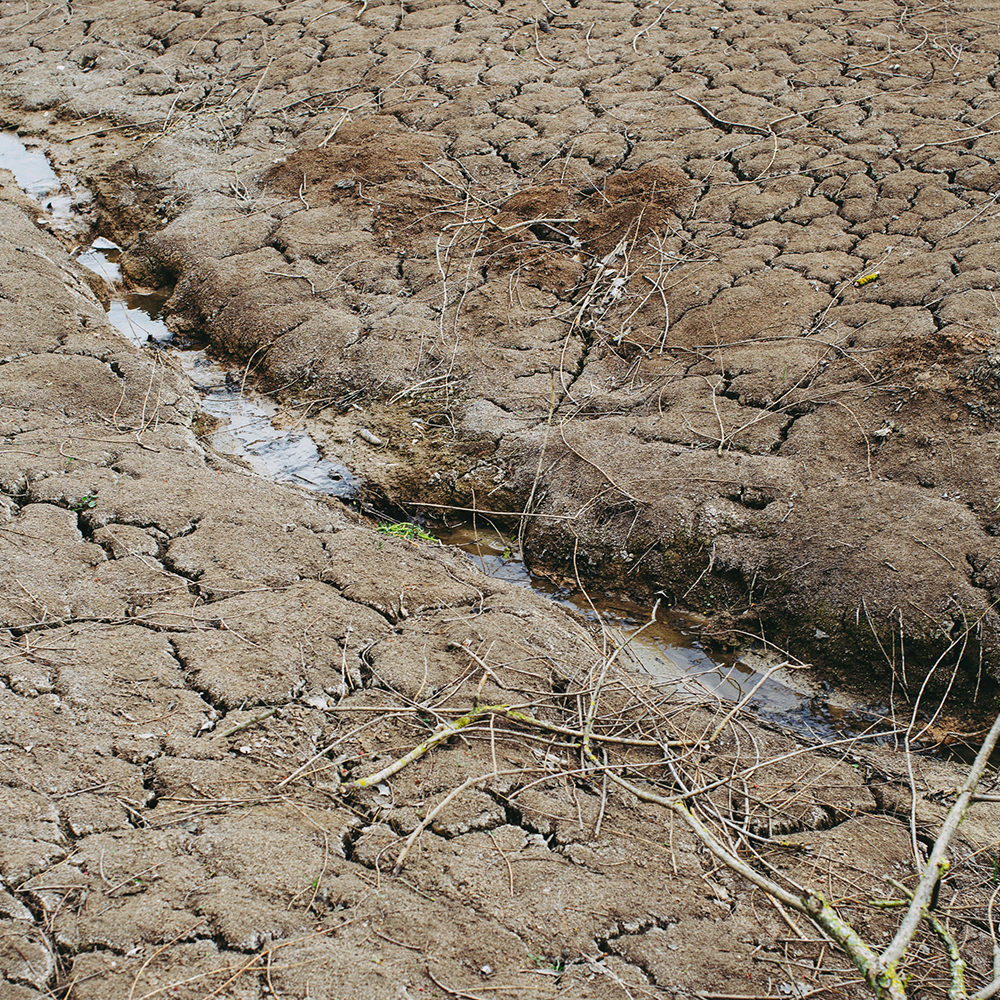California is enduring the embodiment of “it never rains but it pours.” After more than two years of drought, the state is being deluged with more water than can be collected.
Long, severe droughts have four distinct stages that affect everything from soil moisture to the socioeconomic structure of society. When droughts begin and end is often subjective but the common thread in drought declarations is a “deficiency in moisture and/or water supply” over an undefined period of time.
California seems to be coming to the end of its current drought but questions about deep soil moisture and aquifer recharge remain.
Soil scientists discuss dirt as a living organism filled with microbes, nutrients, and pores that must all be nourished for the enrichment of whatever will grow within it. Water is a major component of soil health. After a drought, soil moisture recovery can take time.
The recent inundation of California with rain and snow is a challenge for soil that has been drying over the intervening two years. Dry soil takes longer and must work harder to absorb moisture. Rather than soaking through the layers of soil, water returning to dry ground clings to the surface of the soil, creating a seal, and then runs off – creating a flood. Saturated soil creates a similar problem. If the ground is already overwhelmed with moisture, newly introduced water has nowhere to go and runs off – creating a flood.
Excess moisture after a long-term drought is not ideal as it wastes more water than it recovers. However, there are ways to mitigate the water, and potential recharge, waste.
Slow snow melt is a prime example of keeping the moisture in place long enough for it to recharge the soil. A hefty snowpack like California is currently experiencing can be of significant benefit to soil moisture and health, if the weather cooperates by allowing for a slow melt. As snow melts, the soil has time to slowly absorb the water droplets, avoiding the sealing effect.
Snow melt is not necessarily something to be mitigated in and of itself. However, the results of the melt – additional water – can be periodically stored and released to the benefit of the soil and the aquifer below. The capture and flood mitigation method can also be applied to rainwater when collection basins are available.
At present, California is accelerating a plan to establish collection basins for just such recharging operations. The goal is to collect snow melt and/or rainwater in large basins to lessen run-off and provide controlled flooding to land identified as having the ability to absorb the water slowly and, eventually, filter it into aquifers.
There has been success with this technique in the Merced Project – a plan hatched by the Merced Irrigation District and the Merced Irrigation-Urban Groundwater Sustainability Agency to divert and store water from Mariposa Creek. The diversion of water from the creek – up to 10,000 acre-feet – was authorized during high flow periods, when the water would otherwise be wasted. The diverted water is then applied as flood irrigation to agricultural land in the area. The land, in turn, acts as a filter, allowing the water to slowly integrate into the larger watershed system.
It is difficult to determine how long it takes to recharge an aquifer. Water must travel through various layers – organic matter, soil, rocks – to eventually infiltrate into an underground aquifer. The process started in the Merced Project could take days, weeks, even years to be considered successful.
In the meantime, given the continual ebb and flow of California’s droughts – the first significant drought was reported in 1928 and lasted seven years – the state should do everything it can to invest in projects to collect and store water. Proper water storage in basins, water towers, or other means is the best defense against a phenomenon that is neither new nor likely to end forever. Saving for a proverbial rainy day gives Californians the best option for maintaining their ability to grow food, have access to potable water, and battle the ever-changing weather patterns of the state.
Pam Lewison is the Director of Agriculture Research at the Washington Policy Center and a Pacific Research Institute fellow. She co-owns and operates a family farm in Eastern Washington state.

